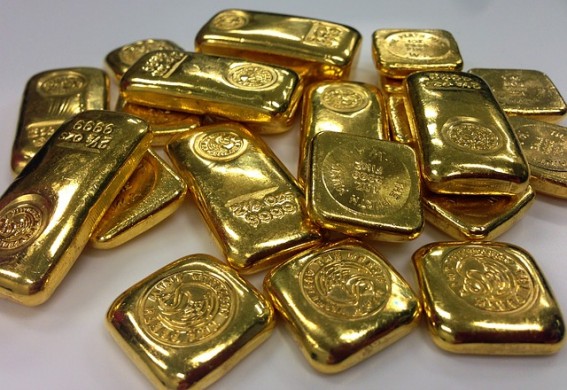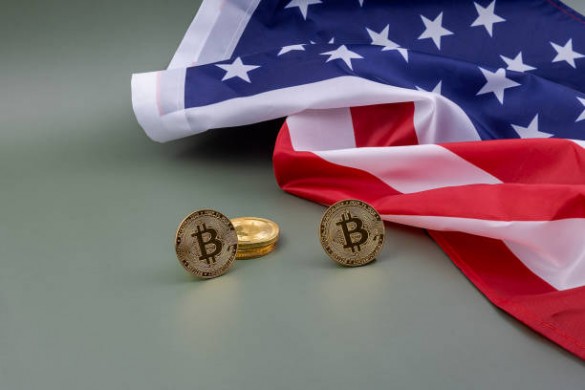At the end of Renewable energy Corporation’s recent presentation they have a quote from Thomas Edison to Henry Ford and Harvey Firestone –

“I’d put my money on the sun and solar energy. What a source of power! I hope we don’t have to wait till oil and coal run out before we tackle that.”
But a more ancient quote has been more apt when investing in solar stocks –
“Icare,” ait “moneo, ne, si demissior ibis, unda gravet pennas, si celsior, ignis adurat: inter utrumque vola. “
Translated – You might get your wings burnt.
REC is a Norwegian based photovoltaic Company who have seen their fair share of fallout in the solar industry but is in the midst of a metamorphosis. They had mono and multi crystalline wafer facilities in Norway – which they finally shut this year due to their lack of competitiveness – but they also have Polysilicon fluidised bed reactors (16,000 mt) and Siemens facilities in America, alongside a fully integrated 750MW wafer to module facility in Singapore. These highly capital intense projects have been the subject of write downs, and have left a worrying stain on the balance sheet in terms of net debt, which the Company has tried to alleviate through an oversubscribed rights issue in the past month. If you ask Thomas Edison (a bit difficult) which Solar Company he would put his money on, he might just pick this one.
REC Polysilicon – REC was the pioneer in bringing the polysilicon Fluidised Bed Reactor (FBR) to market and is finally seeing an industry leading position with a cash cost + SGA of $16 per Kg and including depreciation $22 per Kg – this is compared to its closest competitor with $18 per Kg and a more common cost of competitive participants at $25/Kg.
The FBR is different to the Siemens process in two main ways – firstly the production process is continuous instead of batch and secondly, the product is granular rather than in large chunks. The continuous process leads to lower energy costs by about 60-70% in comparison to the Siemens process, as you don’t have to reheat the deposition chamber for each run. There are problems though, as can be seen when REC’s Moses lake plant lost power in 2010 – as restarting an FBR reactor can take time until the required purities of polysilicon are reached. Also the use of silane rather than trichlorosilane (which is the standard input for most Siemens facilities) can lead to blockages due to its more reactive nature – but on a whole this process looks to be a disruptive technology with long term benefits to REC and is safely nestled by a margin at the bottom end of the cost curve.
The second advantage of REC is its integrated ingot-module facility in Singapore and the quality of its product. At present the facility is running at a slight loss with module prices at $0.80 and SGA + cash cost at $1 – but REC is planning a drop to $0.70 by year end through de-bottlenecking and cell efficiency drives. However the quality of the product is better than Solarworld, according to Photon magazine, using the metric of kWh per kW, where REC modules outperform Solarworld by 6% and Sharp by 10%. You can argue that the commoditised nature of the business works on a cost per Watt basis but ultimately project developers will weigh up the balance of kWh’s produced and cost. The question is will REC be able to reach a level where its module cost per kWh is lower than the Chinese – at the moment it’s a way off.
So after the shutting of the Norwegian Glomfjord and Heroya wafer operations, you’re left with an interesting company – polysilicon production that wins the gold and module production that doesn’t finish the race in terms of cost. The refinancing that has taken place will allow for breathing space to test the economic validity of their Singapore facility and push through the planned cost reductions. A Company to keep your eye on for the next couple of years – 1 good asset, 1 potentially good asset but the solar storm clouds are thickening.


 Hot Features
Hot Features











